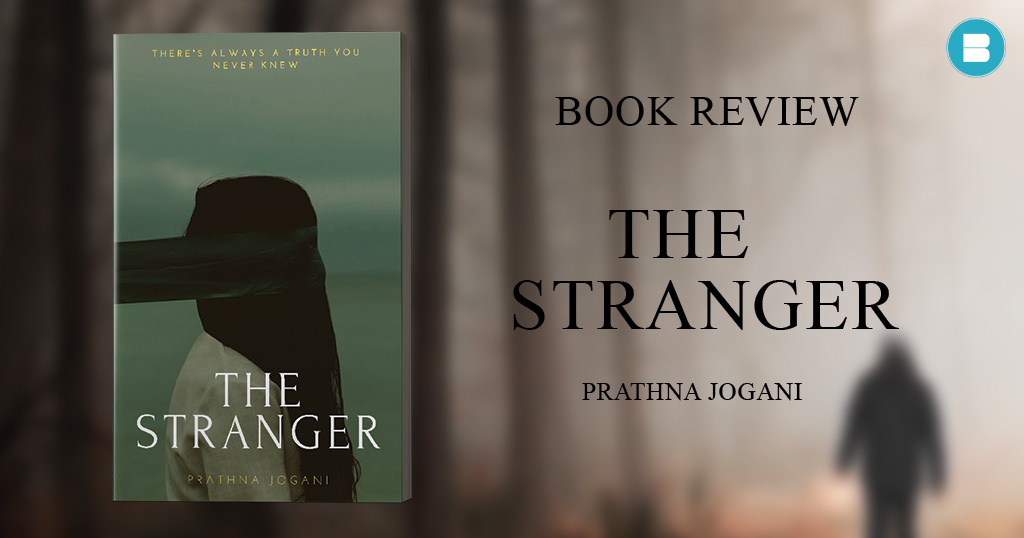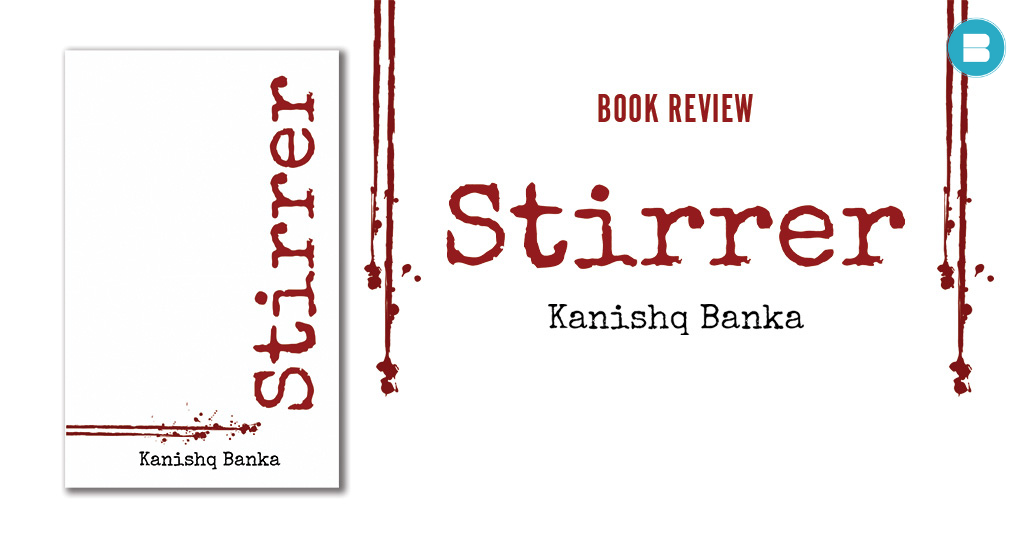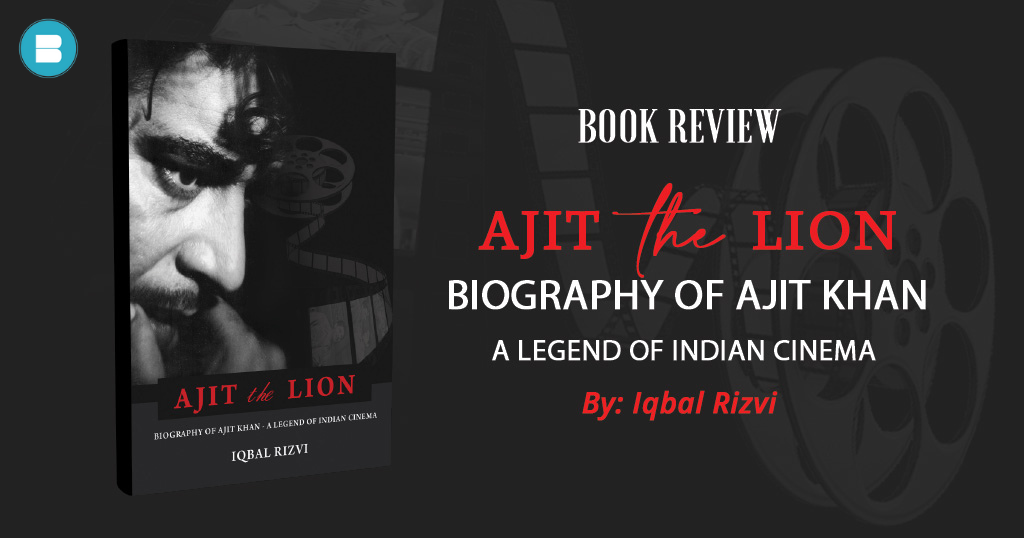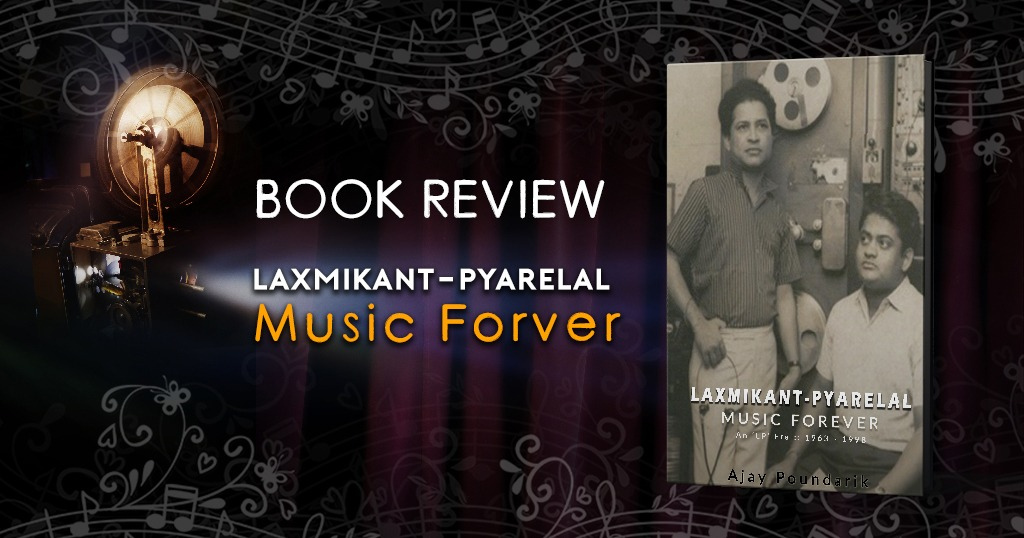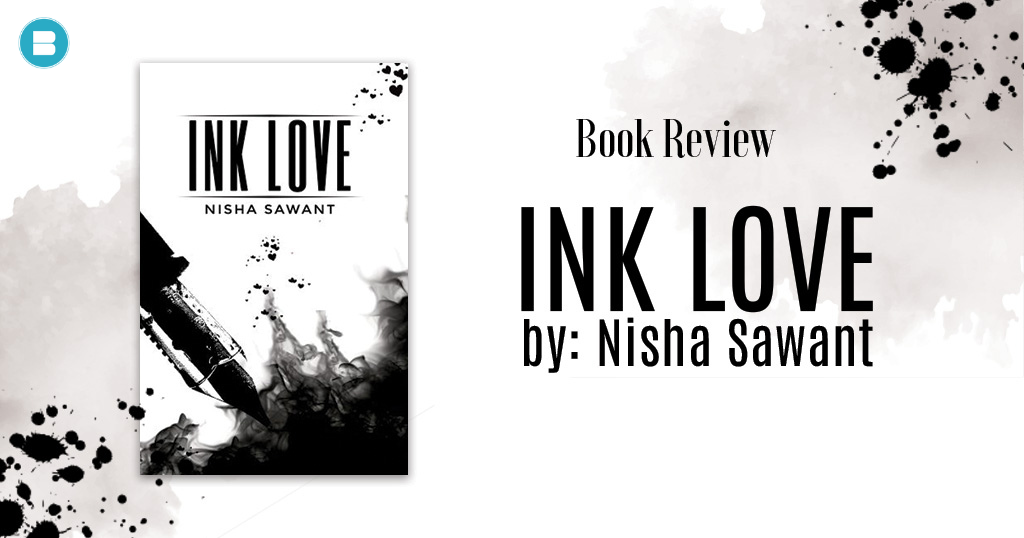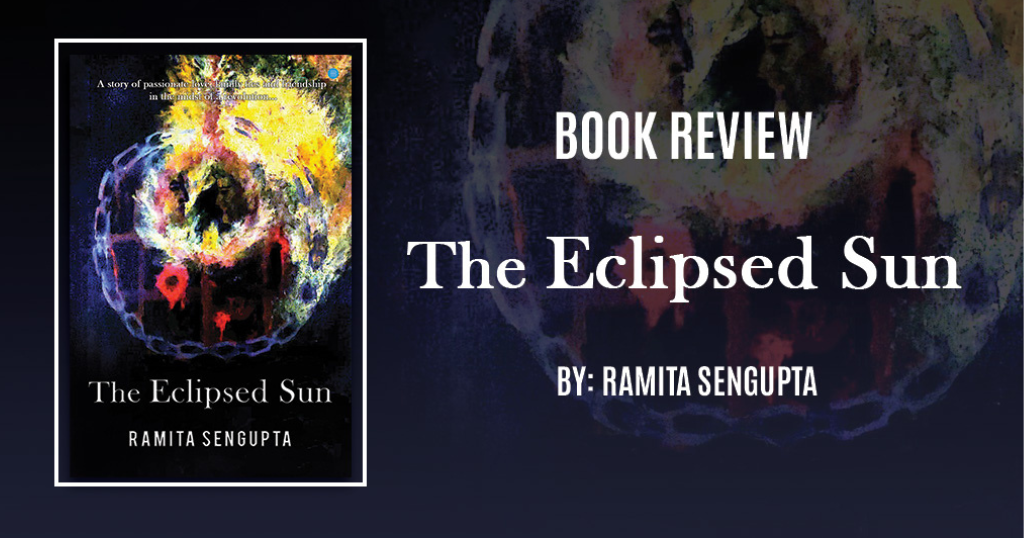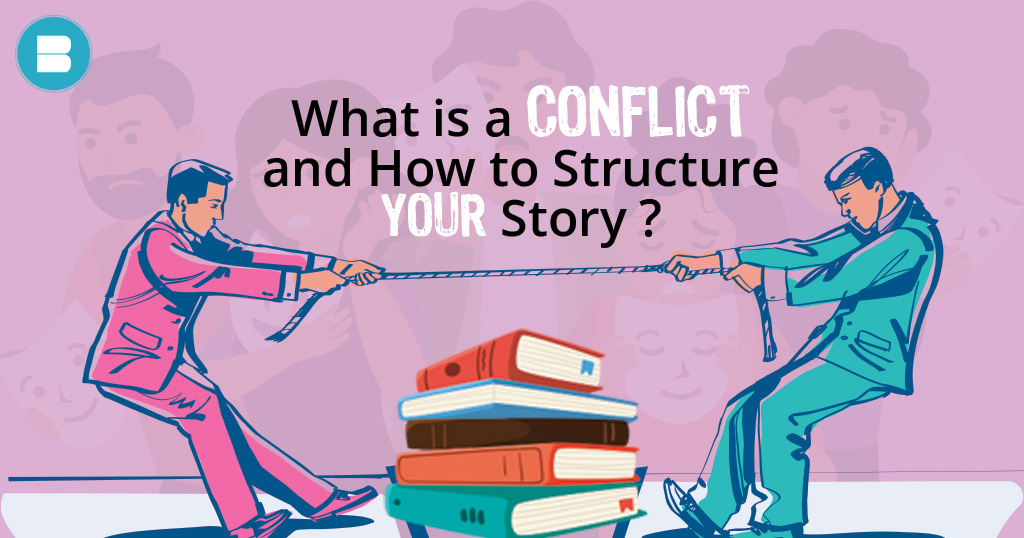
What is conflict in a story and How to structure your story?
The creation of conflict in a story is essential for good narrative. Soon after introducing the main character in a story, the conflict is established. The beginning of the action and the beginning of the story are both triggered by conflict. Every writer should be able to create interesting conflict. Read: Learn How to avoid Plagiarism in 10 easy steps. What is conflict in a story? Conflict is the collision of two opposing forces that provides the narrative thread for a story in both literature and film. When the main character battles either a personal conflict or an external conflict, there is conflict. Conflict unites two opposed forces—the protagonist, who fights for what they believe in, and the antagonist, who fights for what they oppose—and then develops and ends the conflicts between these two forces. What are the Types of Conflict in a Story? You can use one of the following six types of conflict to advance your narrative: Character vs. self Character vs. character Character vs. society Character vs. supernatural Character vs. technology Character vs. nature Character vs. self The plot of a story “must be a conflict, and specifically, a conflict between the forces of good and evil within a single person,” as writer Maxwell Anderson once stated. Even though that may be oversimplifying, every fascinating story will eventually touch on a character’s inner conflict. That’s becausea reader empathises with a character best when they are going through deep internal conflict. A disagreement that arises within a character will cause internal conflict. Any combination of the character’s expectations, aspirations, obligations, and anxieties could be the source of it. They must make a decision that could potentially alter everything in order to acquire what they want. Character vs. character Pesky individuals are troublemakers no matter where they go! This form of external conflict, which may be found in many, if not most, stories, centres on that. Character versus character can refer to obvious conflicts (cops vs. robbers, heroes vs. villains, etc.), as well as more nuanced types of interpersonal conflicts, such as romantic entanglements and family conflicts. Character versus character conflict is frequently represented via the classic “protagonist vs. antagonist” arrangement, in which the two main characters typically have polar opposite objectives. Character vs. society These days, external conflicts of this kind are particularly common in literature and set the individual against the group. In this instance, “the collective” could be represented by something like: a repressive administration, adults (from the viewpoint of a teen), or widespread corruption Society will put pressure on us to change and fall neatly into order in this kind of struggle. However, our protagonist will fight against this shift and, in some situations, will attempt to reshape society to meet their ideals. Similar to the tale of David and Goliath, our hero must overcome a difficult obstacle, yet the reader retains faith in “the little guy” to succeed. You may also like: Top 10 Real Life Stories to Read Online Character vs. supernatural Your hero is likely engaged in battle with supernatural powers if they come up against something that defies reason or science! In addition to exploring irrational concerns and bizarre everyday occurrences, supernatural fiction can also use this kind of tension, as some authors do to produce rip-roaring tales. Character vs. supernatural confrontations commonly pit the hero against the powers of destiny, religion, ghosts, gods, demons, or aliens. Character vs. technology The human race and technology have had a rocky relationship ever since the beginning of the industrial period. Others have used scientific advancement to challenge our morality, patience, and greed. Some regard it as a defiance of God and the natural world. Character vs. technology may conjure up images of a Terminator-style robot catastrophe, but this kind of struggle may also be as unassuming as someone trying to teach their Grandma Millie how to use emojis! Character vs. nature How do you think you would fare against Mother Earth? That is specifically what our protagonists are up against in this kind of conflict. The enemies in this kind of confrontation can never be reasoned with, whether they be animals (Jaws), natural disasters (The Day After Tomorrow), the weather (The Perfect Storm), or a post-apocalyptic environment (The Road). The focus of “character vs. nature” conflict stories is typically on a character’s ability to survive. Our heroes will frequently come to realise that “character vs. self” conflict (which we shall discuss later) lies at the core of their story arc in the absence of a human enemy. What are the structures and how they are different from each other? In a novel, the sequence in which events are arranged into a beginning, middle, and finish is known as the story structure or narrative structure. The plot’s development and the reader’s introduction to the story’s motivating elements (characters, challenges, place, etc.) are directly impacted by the structure of the work. Read: List of Top 15 Most Famous books on Hindu Mythology. A tightly regulated narrative framework ensures that all of the reader’s questions are resolved, that there is a climax followed by information and resolution at the conclusion of the story, that the characters’ growth is furthered, and that any major conflicts are resolved. To put it another way, a well-structured plot results in a rewarding narrative experience that satisfies the author’s objectives. Let’s look at three of the most popular story structures used by writers: Freytag’s PyramidFreytag’s Pyramid is a five-point dramatic structure that is based on the traditional Greek tragedies of Sophocles, Aeschylus, and Euripedes. It is named after a German novelist and dramatist from the 19th century.STRUCTURE– Freytag’s Pyramid is a five-point dramatic structure that is based on the traditional Greek tragedies of Sophocles, Aeschylus, and Euripedes. It is named after a German novelist and dramatist from the 19th century.– Rising motion or rising. The protagonist works hard to achieve their objective. The stakes increase.– Climax. a place where the protagonist can no longer turn around and return to the previous situation.– Return or…
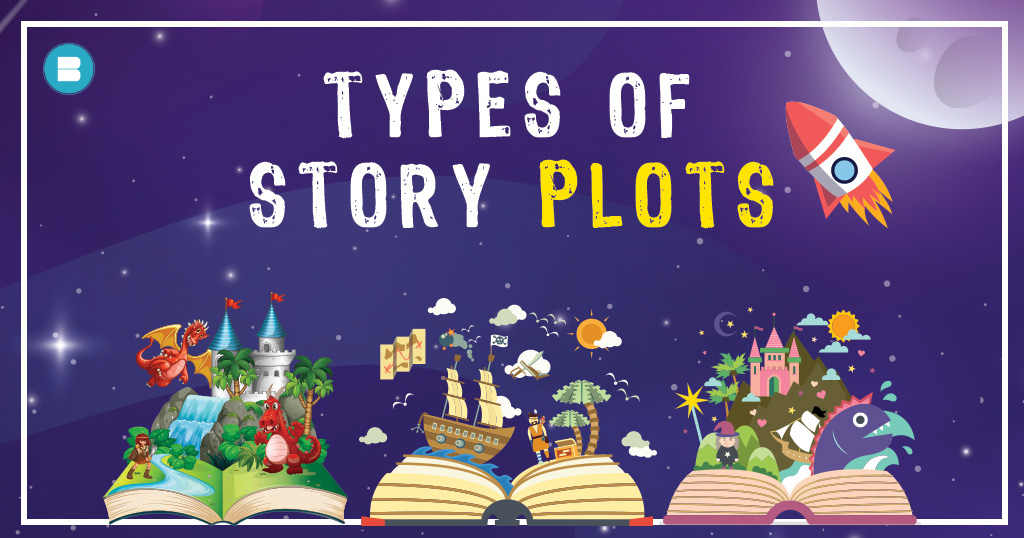
How to Write Story Plot? Tips, Tricks & Types of Story Plot
How to Write Story Plot? The series of interconnected events that make up a novel’s narrative is known as the plot. A fictional storyline typically culminates in a climax and a resolution at the conclusion of the narrative. Of course, one of the foundations of good storytelling is the writing of the story plot. Some claim that the plot is the what of the story if characters are the who and the theme is the why. Read: Complete Guide on How to Self Publish a Book For Free.. It is not a string of unrelated events. Usually, the narrative elements and the events must be connected in a cause-and-effect manner. According to E.M. Forster, the fact that the king and queen both passed away is not part of a plot. But the fact that the queen passed away after the king died is one because it illustrates a causality in the sequence of scenes. How to Write a Fulfilling Plot? There are six elements necessary for a successful plot: Exposition Inciting Incident Rising Action or Progressive Complications Dilemma Climax Denouement These are the main plot points in a story, and they are necessary for all forms of creative writing, including novels, screenplays, memoirs, short stories, and other genres. Because they are what give stories movement, tension, and action, even accomplished authors who do not consciously use them do so subliminally in their work. – Exposition Characters and the setting are introduced in the exposition at the start of the story. This is where you show your readers what “normal” is for your characters even though this is not where all of your world-building takes place. When we get to the next level, readers will understand what’s wrong because of this. – Inciting Incident An occurrence that throws the main character into a difficult situation, upends the status quo, and starts the story’s movement—either in a positive or bad direction—is known as the inciting incident. The climax and denouement mark the conclusion of this movement. – Rising Action or Progressive Complications The most of the conflict occurs in this section of the story, which is also its lengthiest. You know that proverb that says to climb a tree and then throw rocks at your characters? It’s time to throw rocks. This is the point where the stakes are raised and the story’s climax is started to develop. It is essential that your readers are aware of the issues at hand and that they have a clear understanding of the conflict. – Dilemma The moment when a character is forced to make an impossible decision is the most crucial one, and it is what you have been building up to. – Climax The big moment is now! The resolution of the conflict is determined by the character’s decision in the dilemma. If you got it well, this will be the most tense—or least tense—moment in the entire story, making your readers uneasy. – Denouement At the conclusion of the novel, you’re setting up “normal” once more—but this time, it’s the new normal, taking into account the changes and experiences of your characters. Your readers can spend some time adjusting to your characters’ new normal with them, emotionally closing up the story so that they can put the book down without turning back to see what they missed. The scene closes with sufficient closure to merit the two words: The End. You may also like: Top 10 Real Life Stories to Read Online How to construct your characters according to the need of your story plot? Now that you have the plot, you need to construct your characters according to the plot. Some pointers for creating a protagonist are as follows: Give the main character weaknesses. Heroes and protagonists don’t have to be ideal human beings. In actuality, those heroes are frequently uninteresting. Great characters come from the struggles they go through, and credible characters have weaknesses like real people do. Create an arc for the hero. A good character changes in some way during the course of the narrative. The character arc refers to this transition. You can also decide to develop a main character who stays the same, but that choice needs to be deliberate. The following are some pointers for creating an antagonist: Assign morality to the antagonist. Your protagonist should experience a crisis as a result of a villain’s goals. Every villain needs their own moral code, no matter how twisted. Give a villain realistic motivations if they kill off characters throughout the course of the story. Give the reader a clear understanding of the villain’s motivations for their atrocities by making those reasons specific to their background and upbringing. Make the antagonist strong. The success of your primary character should not be perceived as being simple by readers. Your antagonist must to be even more potent than your hero, not just comparable. The following are some pointers for creating secondary characters: Make sure they are complementary. The essential roles of secondary characters include helping the protagonist with different skill sets, acting as a sounding board or source of emotional support, falling into difficulty so that the protagonist can rescue them, and even providing comic relief. Make them the opposite. The best literary sidekicks are often oppositional and actively work to bring down the main character. Imagine Dr. Watson criticising Sherlock Holmes for abusing drugs. Giving supporting characters contrasting viewpoints enables you to examine your topics, locations, and morally ambiguous situations from a greater range of angles, maintaining complexity and retaining the reader’s interest. You may also read: WhiteSmoke Review: Features, Pricing, Pros and Cons

